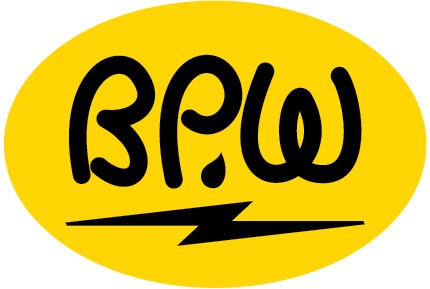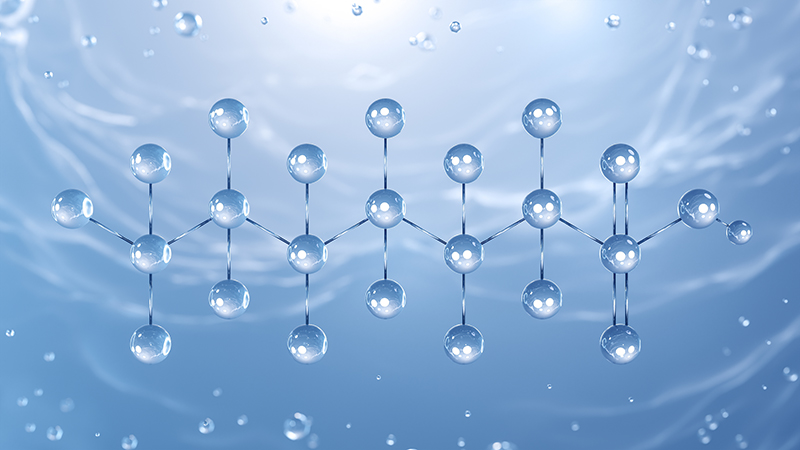The United States Environmental Protection Agency (EPA) proposed a new rule for PFAS National Primary Drinking Water Regulation.
The United States Environmental Protection Agency (EPA) proposed a new rule for PFAS National Primary Drinking Water Regulation. This is the first Federal regulation regarding PFAS in drinking water. The State of Michigan has had PFAS regulations in place since August 2020, but not all states do. Holland BPW supports measures that are in the best interest of public health and has proactively tested for PFAS since 2019.
What is the Rule?
The EPA’s proposal sets legally enforceable Maximum Contaminant Levels (MCL) for six PFAS in drinking water. It also includes health-based, non-enforceable Maximum Contaminant Level Goals (MCLGs) for the specified PFAS. National regulation means that all public water systems across the nation will be required to monitor for specified PFAS chemicals, notify the public of the levels, and reduce the levels of these PFAS if they exceed the standards. The EPA’s PFAS regulations could take affect at the end of 2023.
What About My Water from Holland BPW?
Holland BPW began testing for PFAS annually in 2019. In April 2023, we will implement quarterly testing. While PFAS are present everywhere, Holland BPW’s tests to date have all been below the Practical Quantitation Level (PQL) for each of the six PFAS contaminants. The PQL is the lowest concentration of a contaminant that can be reliably measured by laboratory analysis. This means that Holland BPW’s PFAS test results meet and exceed current State of Michigan regulations and the proposed EPA regulations.
We are fortunate to have an excellent source of water (Lake Michigan) for the Holland community, however we do not take that for granted. Holland BPW is committed to staying in front of this issue. Implementing quarterly PFAS tests will keep us informed and agile should anything change. We publish the test results in our annual Water Quality Report.
What are PFAS?
PFAS refers to Per- and Polyfluoroalkyl Substances, which make up a group of 'forever chemicals' that are extremely difficult to break down. PFAS have commercial and industrial uses, including lubrication, water-proofing, non-stick coatings, and stain-proofing. As products containing PFAS are made and used, the chemicals enter the air and water, consequentially accumulating in our bodies through inhalation, drinking, and eating. PFAS are linked to health problems, which is what has led the EPA to propose new drinking water standards.


